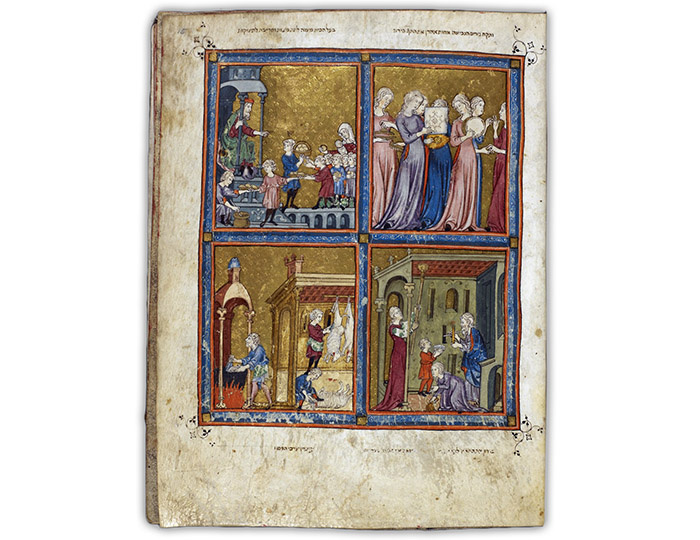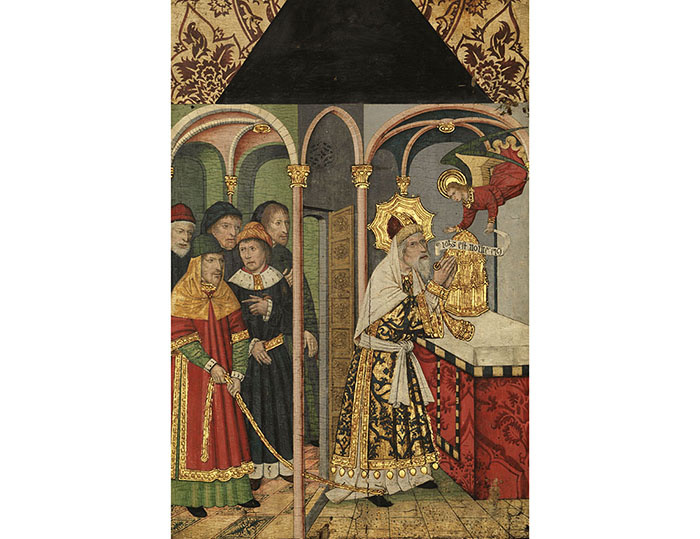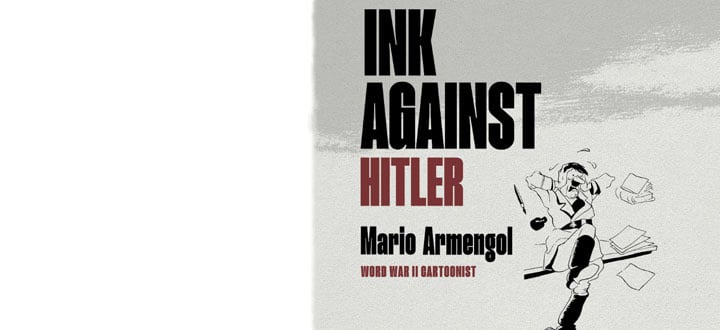Transfers and Exchanges
Christians and Jews inhabited a shared space with permeable religious boundaries. Despite the differences between the two communities, Jewish artists produced works for Christians and Christian masters executed pieces for Jews. Transfers and exchanges were often encouraged by the patrons themselves. In a display of acculturation, the Jewish elite commissioned illuminated manuscripts—notably haggadot—similar in format and type to Christian codices. For their part, some Christian painters and patrons drew on their intimate knowledge of Jewish customs and rituals to devise portraits of various kinds: from positive depictions of traditional environments and practices to scenes designed from a clearly polemical perspective. The images show that for Christians no religious adversary was more familiar—and therefore more difficult to ignore—than the Jews.
Haggadot: Christian Masters in Jewish Works
A haggadah (‘telling’ in Hebrew) is an account of the Exodus—the Israelites’ departure from Egypt towards the Promised Land—that is required to be read at home during the Seder, the ritual Jewish Passover meal. The largest and most splendid group of medieval illuminated codices was produced in Catalonia. These manuscripts closely follow the models of contemporary Christian books, both in the style of the miniatures and in the iconography of the Genesis and Exodus scenes. Even the Seder illustrations, which depict rituals exclusive to Judaism, sometimes include elements drawn from Christian visual culture. All these works provide evidence that Christians and Jews worked in partnership.

Passover ritual scenes in the Golden Haggadah, 1320-30
Iluminated parchment, 245 x 200 mm
Londres, British Library, Add ms. 2710, fol. 15r
Jewish Rites and Life in Christian Scenes
The images drawn from the Jewish world that we find in Christian art reflect realities of close contact and exchange between the two communities. The faithful portrayals of synagogues, liturgical objects and ritual clothing attests to this. Some pieces—such as the scene with Zacharias on display here—demonstrate a remarkable knowledge of Jewish customs that enabled the artist to depict an esoteric tradition inspired by the Zohar, the foundational book of the Kabbalah. Others, however, reinterpret some of the basic rites of Judaism, such as circumcision, anachronistically in order to strip them of their original meaning and subject them to a new Christian reading.

Domingo Ram, The Angel appearing to Zacharias, c.1470
Tempera and gold leaf on panel, 95,3 x 69,2 cm
New York, The Metropolitan Museum of Art, The Cloisters Collection, 1925, inv. 25.120.929. Art Resource/2023©Photo Scala, Florence










